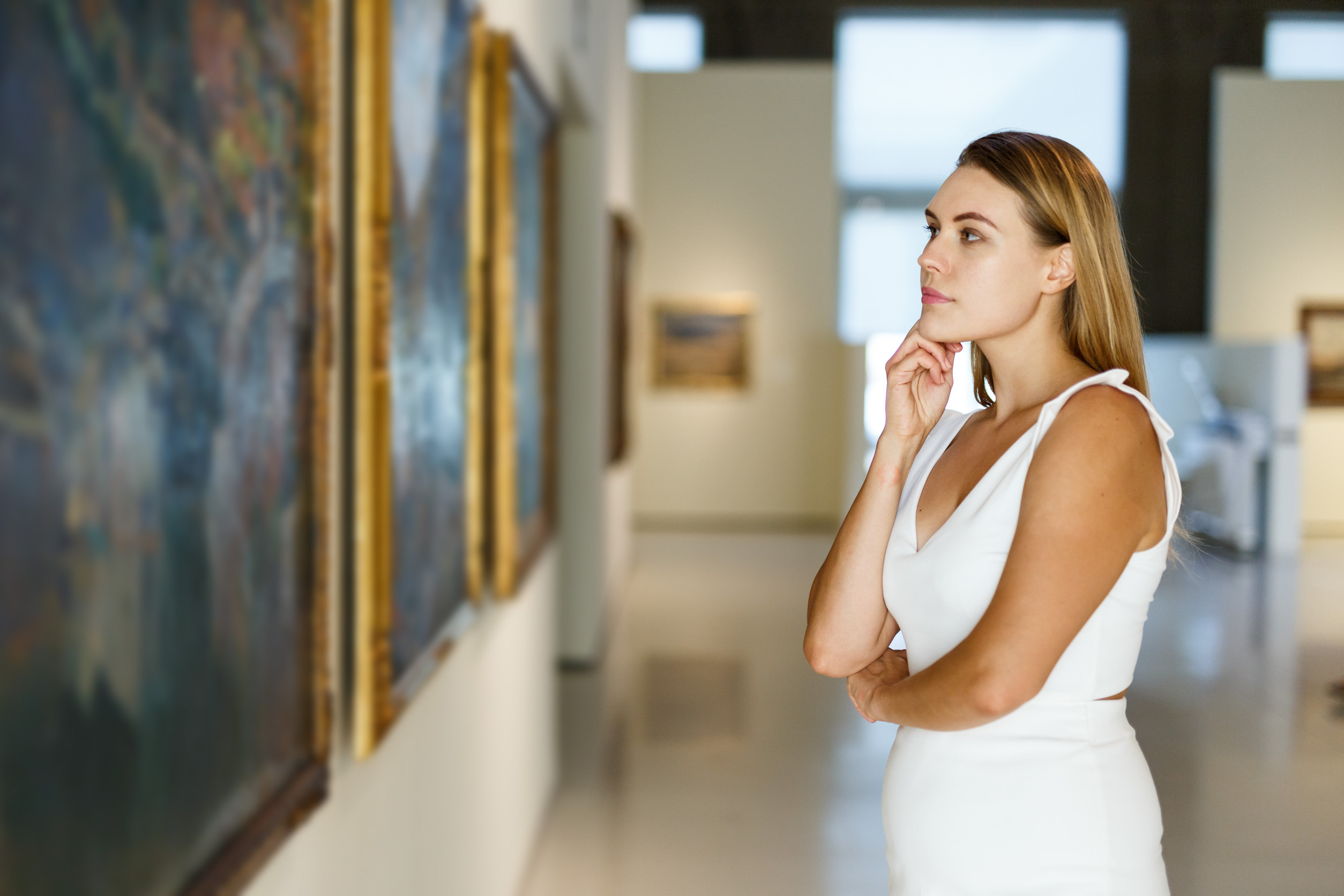If you appreciate The Optimist Daily’s focus on solutions, then you’re probably a fan of problem-solving in your own life. Well, if you’re looking for a way to enhance your ability to solve problems, then a trip to an art museum or gallery (in real life or online) can be just what you need.
According to Amy Herman, author of Fixed: How to Perfect the Fine Art of Problem Solving, observing works of art can make you practice tools that help you approach dilemmas in life and at work.
“The best things happen on the exit ramp of your comfort zone,” she points out. “It helps to get out of thinking about the same things in the same way that you do every day. And very few people look at works of art every day.”
Herman is an art historian and the founder and president of a New York-based organization that offers professional development courses for leaders, The Art of Perception. Some of the participants of these courses include professionals from the FBI, NATO, and Scotland Yard. Her philosophy is that seeking out new situations that differ from your everyday life can help you look at problems from another perspective.
If you want to give this a try but don’t know where to start, check out these three tips:
First, observe
When you enter a gallery, ask yourself: “What works of art would I want to take home with me?”
Once you select a piece, reflect on why it resonates with you. “Perhaps you were drawn to that particular image because it reminds you of yourself or someone you know,” Herman says. “Maybe you can relate to the expression or age or body type of the subject. Or maybe you just enjoy the composition and colors. See what compels your attention—from the colors to the form.”
Once you’ve reflected on the pieces you enjoy, turn your attention to the work you like least and put yourself through a similar process. “Give yourself a full two minutes—set the timer on your phone—and study that image with an eye toward what exactly you don’t like,” Herman suggests.
Willfully subjecting yourself to art you don’t like is a sure way to get yourself out of your comfort zone. Keep in mind that how you look at art is a template for thinking about problem-solving.
Ask questions
Solving a problem doesn’t just have to be something you do alone—in fact, it’s often more effective to share the burden with others by asking what their perspective is. This is the same idea behind art—everyone sees something different.
“I can put two people, such as two cops, in front of the same painting and ask them, ‘Tell me what you see,’” says Herman. “They’ll come up with entirely different versions of what they’re looking at, and it gets them thinking, Well, if this is happening here in front of the painting, what’s happening at the crime scene? It’s not about pointing out what you missed; it’s realizing that there is more to look at. It’s a fresh perspective to think about problem-solving.”
When asking someone else about a piece, be sure that you ask them what they see, not what they think. “We all know people who jump into the meeting and say, ‘Let me tell you what I think,’” explains Herman. “I don’t want to hear what you think until you say what it is that you see… [they] are very different.”
Finally, read the label
Once you’ve done your own reflection and have reached out to others to find out what they see, it’s finally time to look at the title of the piece, the creator of the work, and the background story. “The reason I don’t let people read labels before they look at works of art is it’s a form of confirmation bias,” Herman clarifies. “You’re going to look for what the label tells you. And I believe that we all have such a strong inherent sense of observation that you should rely on that first and see what your own observations tell you. Then see what the label says, see what other people say, and how you can reconcile that.”
Learning to look at art in this way can give you a new road map when it comes to thinking about problems—something that is more important now than ever. “Everything’s broken right now,” she says. “When we come out of this pandemic, we’re all going to start from ground zero. We have to be able to fix it.”
She hopes that this approach can offer people new avenues to diverse perspectives, which will undoubtedly help us solve the many problems we are faced with today.











